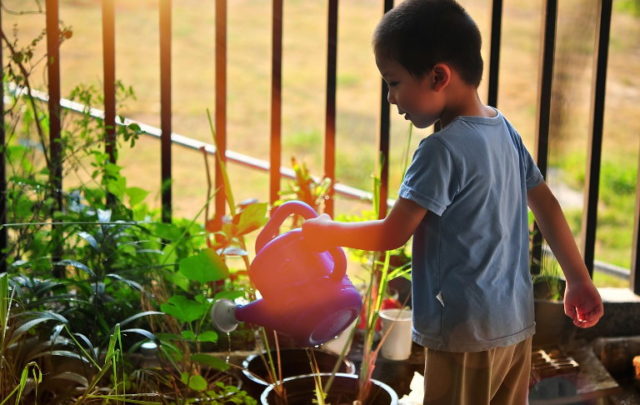Efforts to build community resilience often focus on growing the capacity to “bounce back” from disruptions, like those caused by climate change. But climate change is not the only crisis we face, nor is preparing for disruption the only way to build resilience. Truly robust community resilience should do more. It should engage and benefit all community members, and consider all the challenges the community faces—from rising sea levels to a lack of living wage jobs. And it should be grounded in resilience science, which tells us how complex systems—like human communities—can adapt and persist through changing circumstances.
Resilience is the ability of a system (like a community) to absorb disturbance and still retain basic function and structure. Building resilience means intentionally guiding the system’s process of adaptation in an attempt to preserve some qualities and allow others to fade away, all while retaining the essence—or “identity”—of the system. In a human community, identity is essentially determined by what people value about where they live. However, what a community of people collectively values is open to interpretation and subject to disagreement. This suggests that people—and the ways they come to rough consensus—are necessarily at the center of community resilience building.
Although many resilience frameworks and tools for building community resilience are now available, no single approach will likely work for all communities and their varied social and economic contexts. Therefore we have identified six foundations that, in our view, are essential—no matter where or how resilience-building efforts are undertaken, or which challenges are of most concern locally. The foundations support building community resilience, rather than achieving resilience as a fixed goal, so as to emphasize resilience building as an ongoing process.
The six foundations are:
- People. The power to envision the future of the community and build its resilience resides with community members.
- Systems thinking. Systems thinking is essential for understanding the complex, interrelated crises now unfolding and what they mean for our similarly complex communities.
- Adaptability. A community that adapts to change is resilient. But because communities and the challenges we face are dynamic, adaptation is an ongoing process.
- Transformability. Some challenges are so big that it’s not possible for the community to simply adapt; fundamental, transformative changes may be necessary.
- Sustainability. Community resilience is not sustainable if it serves only us, and only now; it needs to work for other communities, future generations, and the ecosystems on which we all depend.
- Courage. As individuals and as a community, we need courage to confront challenging issues and take responsibility for our collective future.
This post is based on a chapter from Post Carbon Institute’s 2016 book The Community Resilience Reader: Essential Resources for an Era of Upheaval.





